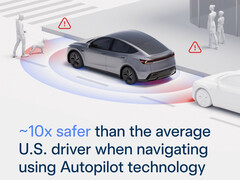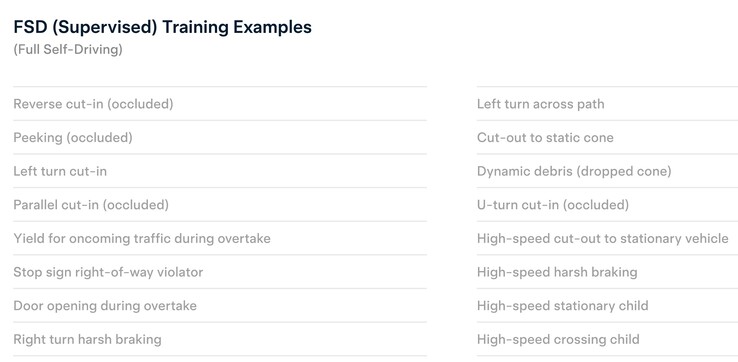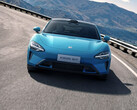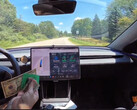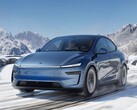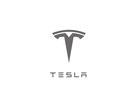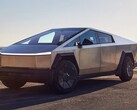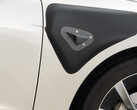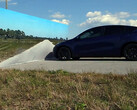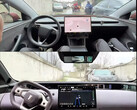Tesla's Full Self-Driving (FSD) option has now been certified as a Level 4 vehicle autonomy system by the city of Austin, where its unsupervised version debuted on public roads.
An L4 autonomous driving system means that there is no need for a human driver, and Tesla uses its unsupervised FSD edition on a dozen driverless Model Ys in a pilot robotaxi ride-share platform project.
The pilot robotaxi launch is now in its second week, and Tesla is gradually expanding the list of people who can take a ride to regular folks with Tesla account in the Austin area, rather than just automotive influencers.
It has priced each robotaxi ride with unsupervised FSD at a flat $4.20 fee regardless of the distance, as it is only testing the platform in a geofenced area for now.
Tesla is certain that its driver-assist systems like Autopilot and the paid FSD option are the way to go, as the latest statistics in its latest environmental impact report show that a Tesla on Autopilot is about ten times safer than the average human driver in the US.
The EV maker has now revealed how it trains its FSD system, which is camera-based and doesn't use LiDAR, for edge cases that one can still encounter on the road every day. These range from dropped traffic cones to a fast-crossing child, and Tesla gives the following examples:
- Reverse cut-in (occluded)
- Peeking (occluded)
- Left turn cut-in
- Parallel cut-in (occluded)
- Yield for oncoming traffic during overtake
- Stop sign right-of-way violator
- Door opening during overtake
- Right turn harsh braking
- Left turn across path
- Cut-out to static cone
- Dynamic debris (dropped cone)
- U-turn cut-in (occluded)
- High-speed cut-out to stationary vehicle
- High-speed harsh braking
- High-speed stationary child
- High-speed crossing child
A crossing child has been the staple of impromptu test setups by a road safety proponent who has an ax to grind with FSD - Dan O'Dowd - so it is good to see Tesla training the algorithm for such scenarios, too.
There haven't been major incidents with unsupervised FSD during the robotaxi platform operation in Austin, but then the program is still in its early stages.
One person that seems thoroughly impressed by what Tesla has done with FSD and its camera-centric approach, though, is none other than Xiaomi's CEO Lei Jun. Often called the Elon Musk of China, the entrepreneur who recently moved from phones like the Xiaomi 14 Pro into electric vehicles like the SU7 sedan or the YU7 competitor to the Model Y, praised Tesla's FSD stack.
"Tesla is indeed amazing," said Jun when reposting the video in which a Model Y delivers itself to a customer for the first time. "It has led industry trends in many areas, especially FSD (Full Self-Driving)," he continued, concluding that "we still have a lot to learn" when it comes to FSD and its training routines like the edge cases below.
Source(s)
Tesla (PDF)




